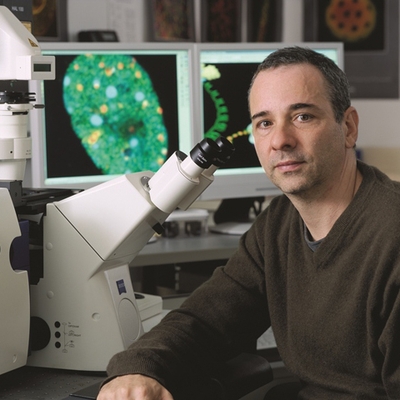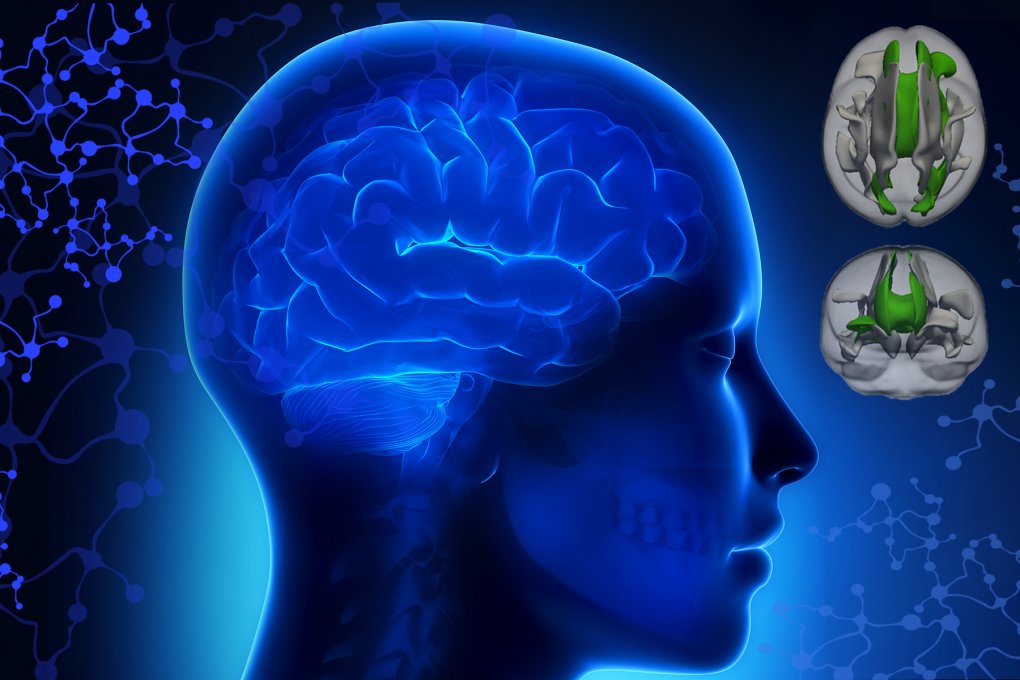Award Honors Promising Female Scientists
Women Scientists Advisors Select Three Young Researchers for Recognition
While women have now overtaken men in terms of admission and enrollment in undergraduate education, they remain underrepresented in the sciences. This includes at NIH, where 74 percent of senior investigators and 54 percent of tenure-track investigators are male, according to the most recent statistics available. Consequently, NIH is putting considerable effort into supporting women scientists at all stages of their careers.
One NIH entity dedicated to this important work is the NIH Women Scientists Advisors (WSA), a group of women elected to represent the interests of women scientists in the IRP. Among its many initiatives, each year the WSA chooses several female postdoctoral fellows or graduate students in the IRP to receive the WSA Scholar Award in recognition of their outstanding scientific achievements. The awardees present their research at the annual WSA Scholars Symposium, which this year was held on April 25 and recognized young women leading efforts to better understand how disease-related genes evolved, an investigation of how a fatty liver can give rise to liver cancer, and the evaluation of a way to deliver gene therapy for a rare genetic disease. Read on to learn more about this year’s WSA Scholars and the impressive discoveries they have made during their time in the IRP.










